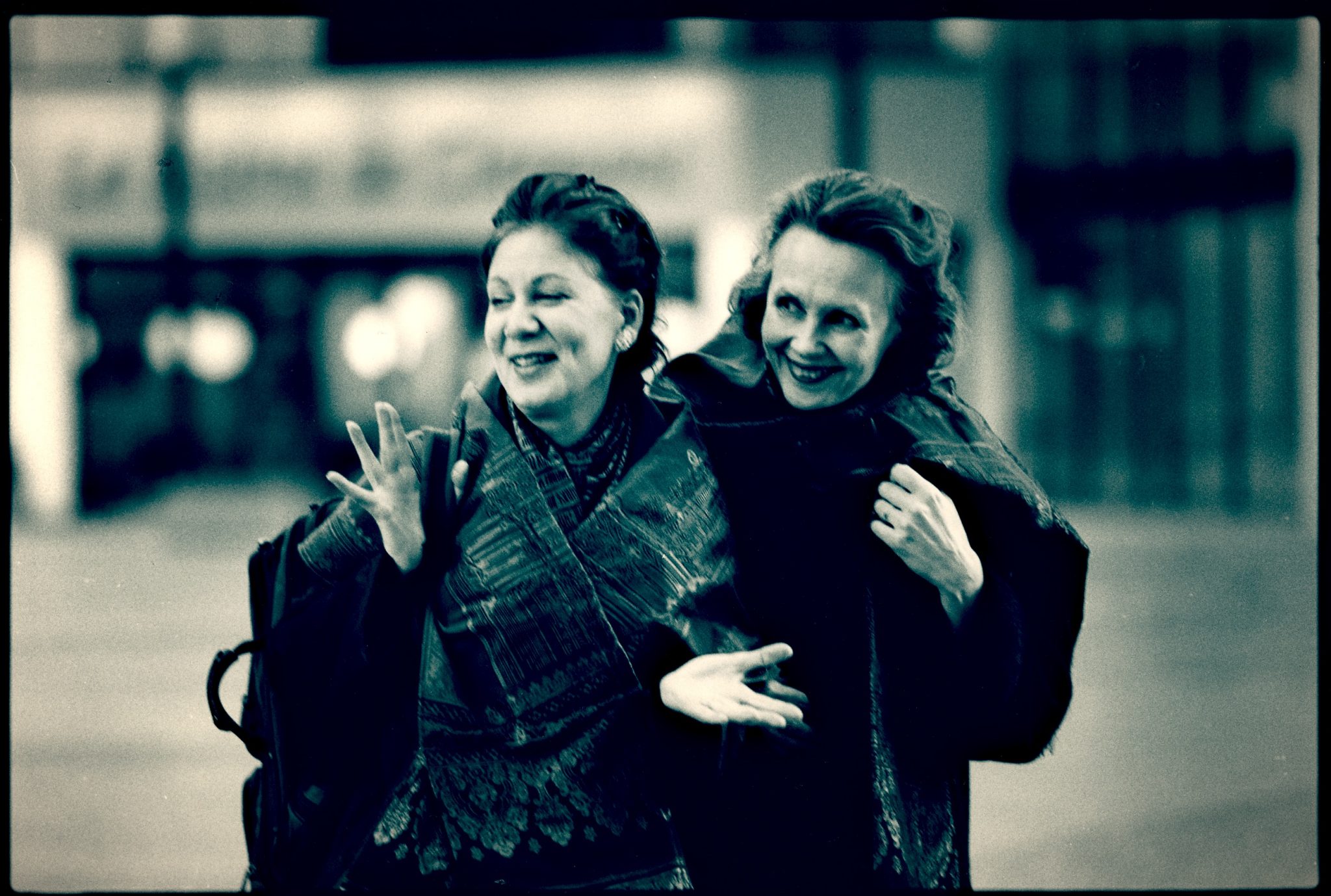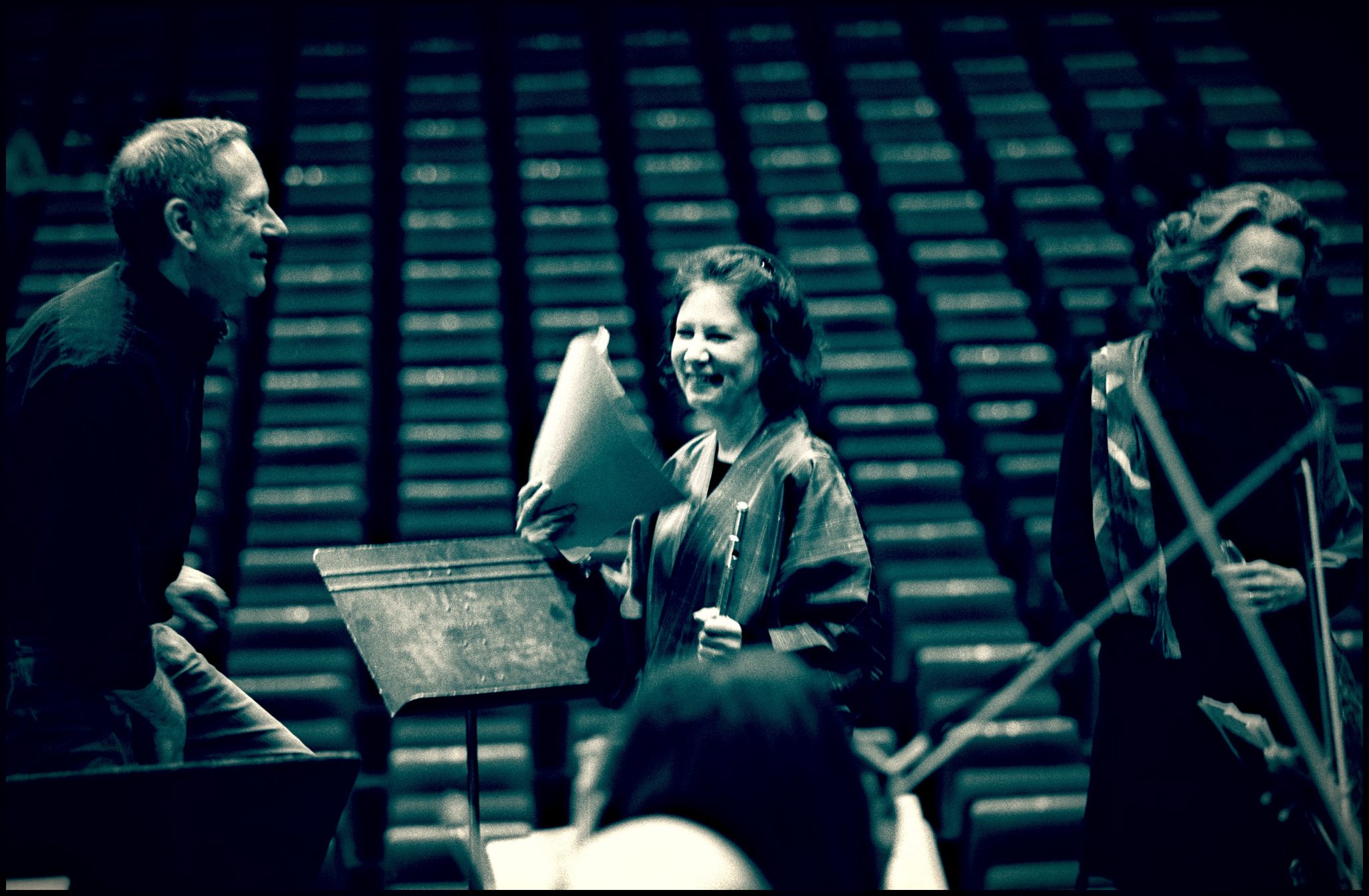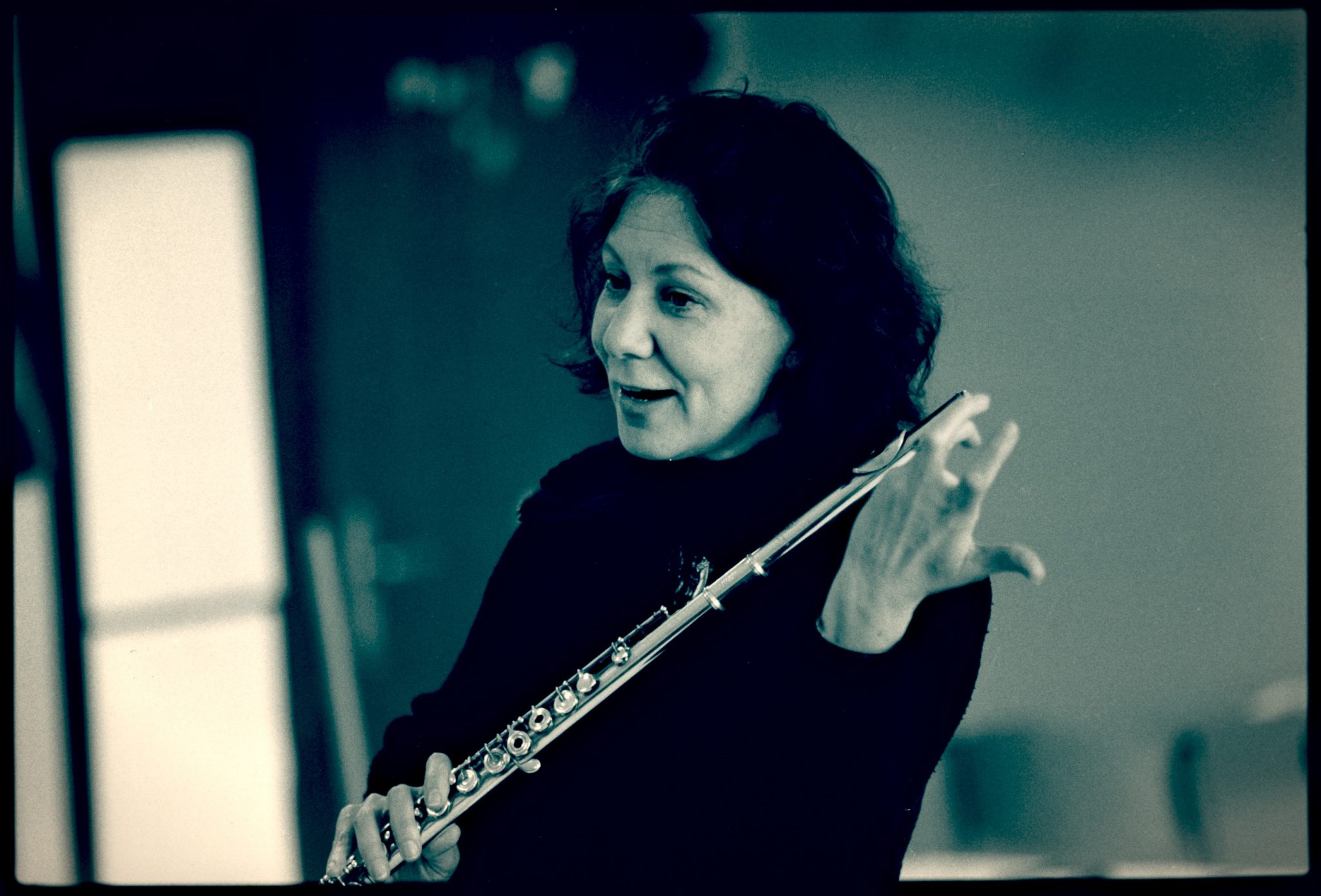Short History of Flute Repertoire in general
Of course we conservatory-trained flutists can play everything in our traditional repertoire. For a complete list, one can check other sites, books and catalogues (e.g. http://www. fluteworld.com/ ).
My favorites span many centuries, beginning with ancient melodies from various cultures and continuing via winding paths to music being written this very minute!
SOLO REPERTOIRE (FLUTE ALONE)
EARLY MUSIC
Historical Anthology of Music, Volume I: Oriental, Medieval, and Renaissance Music: Revised Edition (Oriental, Medieval, & Renaissance Music).
Archibald T. Davison & Willi Apel (Editors) A required textbook in college, it has proven to be an indispensable resource for many of my solo projects, most recently for one involving ancient music of Greece.
RENAISSANCE
Also in my college years I fell in love with Renaissance dance music, playing it first in “Early Music” groups on recorder or Renaissance flutes and later in solo versions on my Western flute.
Favorite composers: PRAETORIUS, GERVAIS and JACQUES MODERNE
BAROQUE
BACH BACH and more BACH!! Partita in A minor, Sonate in C-major (yes, as a solo), and Sciarrino’s adaptation of the Toccata and Fugue in G minor.
MARAIS Les Folies d’espagne
HOTTETERRE Ecos & Gigue
CLASSIC
STAMITZ Caprices. Thanks to Zdenek Bruderhans I now appreciate the humor and style in these little pieces!
ROMANTIC
DONJON Etudes de salon. My junior-high teacher had given me The Modern Flutist (pub. Southern Music Co.) so I could practice the Karg-Elert etudes and orchestral excerpts collected there, but I eventually figured out how much fun the (unassigned!) Donjon pieces were!
KARG-ELERT 30 Caprices. Yes. When I was fighting them in the 9th grade, they were NOT my favorite. Way too many accidentals and modern in a weird way. By high school I was proud I could play them, and by the time we were analyzing and memorizing Number 30 in grad school for Prof. Alex Murray I had learned to love them. And I had learned how “romantic” they really were!
FRENCH IMPRESSIONISM
DEBUSSY Syrinx. Of course! It’s not only “lovely music”, but it’s a brilliant composition, as I discovered when I had to analyse it for a musicology prof in grad school. I also had the privileges of studying it with Marcel Moyse, who claimed he had played it for Debussy himself (!), and, years later, being asked to perform it in Paris’s Chatelet. Unforgettable experiences for this girl from Michigan….
BOZZA Images. This was one of my “signature pieces” for awhile. The most fun performance, however, was a spontaneous “concert” I gave to a group of children at a friend’s home.
20TH CENTURY
This is where making categories gets really interesting. Besides the afore-mentioned works of Karg-Elert, Debussy and Bozza, there is EVERY kind of music to be found in this time period—from the neo’s: neo-Baroque, -Classic, -Romantic, -Impressionist, to 12-Tone, Avant-garde, Experimental, Spectral, Concrète, Minimal, Complexity, Simplicity, World, New Age, Crossover, etc. etc. And we flutists can find all these trends right in our own repertoire: the history of 20th Century music unfolding in hundreds of pieces written for just for flute alone!!
My personal list, including some “firsts” in the solo repertoire for flute:
| Claude Debussy Syrinx (1912) | Symmetrical scales, exotic/ancient themes, theater |
| Sigfrid Karg-Elert Sonata Appassionata (1917) | Tonality of romanticism pushed to the limit |
| Paul Hindemith Acht Stuecke (1927) | Quartal harmonies |
| Ruth Crawford-Seeger Diaphonic Suite (1930) | (a language speaking of both serial techniques and minimalism) |
| Edgar Varese Density 21.5 (1936) | Particularly significant! “Blocks of sound”, percussive key-clicks, extremes in registers and dynamics… |
Then come solos in a more traditional vein: Ibert (1936) Honegger (1937), Bozza (1940), Jolivet (1944), etc.
And then:
Roman Haubenstock-Ramati Interpolations (1957) and
Luciano Berio Sequenza (1958) Complex twelve-tone rows serve as the basis for exploiting the agility of the flute, with wild, pointillistic leaps and even more extreme changes of dynamic and register. New also is the space-time notation, and the introduction of a harmonic multiphonic.
After Interpolations and Sequenza the door is wide open and music for solo flute is THE medium for modern composers. From then on, it is almost easier to list the composers who did not write for solo flute. But I continue with my personal choices here in the “mini-history” of the 20th century
| Kazuo Fukushima Mei (1962) | Reference to ancient music, glissandi, quarter-tones |
| B.A. Zimmermann Tempus Loquendi (1963) | Extremes in dynamic & register, changing between c-, alto- and bass- flutes, open elements in score |
| Burt Levy Orbs (1965) | use of extended techniques (especially multiphonics & tongue-rams) |
| William Brooks poem piece white-gold blue (1969) | Adding voice, theatrical aspects, open score, improvisation |
| Mauricio Kagel Atem (1969/1970) | Music theater, improvisation |
| Brian Ferneyhough Cassandra’s Dreamsong (1970) | More extended techniques, open form |
| Toru Takemitsu Voice (1971) | Voice, extended techniques |
| Heinz Holliger Lied (1971) | “Noise” timbres, ad lib. amplification |
| Michael Manion Constellations (1974) | Graphic score, live electronics |
| Robert Dick Afterlight (1975) | Waves of overblown multiphonics |
| Younghi Pagh Paan Dreisam Nore (1975) | Extended techniques |
| (Brian Ferneyhough Unity Capsule (1976) | Complexity, multi-layered to the extreme) |
| Thorkell Sigurbjornsson Calaïs (1976) | Reference to ancient or archaic music, dissembled flute |
| Jon Gibson Equal Distribution 1 (1977) | Minimalism |
| Salvatore Sciarrino All’aure in una lontanza (1967) | (first performed 1977!) “Whistle tones” inside the flute, air-sounds |
| Karlheinz Stockhausen In Freundschaft (1977/1983) | Extended serialism, prescribed motions |
| Kaija Saariaho Laconisme de l’aile (1982) | Sounds from noise to pure flute tone organized in a graded scale |
Flute solos continue to make musical history of course, but I will leave the chronological listing to offer some of my favorites alphabetically.


